Goldfish Aquarium For Your Kids
Kids just love having their own pet to look after, and goldfish are a perennial favorite. Goldfish are easy to care for, relatively hardy, inexpensive to buy and feed, and they come in many different varieties.
According to Alison Page from Tankarium, “a goldfish’s lifespan can be from ten to 20 years, even more in some cases.” So, if you provide the best care for your kids’ pets, a humble goldfish should give your family pleasure for many years.
A correctly set up large aquarium is essential for your goldfish’s health.
So, here’s how to do it!
What Size Aquarium do You Need?
First, you need to choose a tank.
Goldfish can grow to measure six inches long or even more, so you must buy a tank that’s large enough. Goldfish are also quite active swimmers, and they need plenty of open water space to be happy. Finally, goldfish are gregarious, community fish that need the company of their own kind if they are to thrive. So, never keep one goldfish in isolation. You need at least two fish, ideally more.
When choosing a fish tank, the general rule of thumb is to allow one gallon of water per inch of fish, and you must remember to allow for growth. A traditional goldfish bowl is not a suitable home for these fish!
Do You Need a Filter?
Yes, absolutely!
Goldfish are very dirty fish that produce lots of waste, so an efficient filtration system is a must. There are many different types of filter units to choose from, but whatever style you pick, you need one that turns over the total aquarium water volume at least four times per hour.
So, if you choose a 30-gallon tank, you need a filtration unit that gives you a flow rate of at least 120 GPH (Gallons Per Hour).
1. Assemble Everything You Need
Start by assembling what you need for your aquarium:
- Aquarium
- Gravel substrate
- Lighting unit
- Filtration system
- Decorations
- Plants
2. Prepare Your Aquarium
Start by wiping down your aquarium inside and outside with a damp cloth to remove dust. A clean cloth and plain water are fine for this job. Don’t use any form of chemical cleaning products or soap, as that could contaminate the water and harm your fish.
If you want to, you can polish the outside of the tank after you’ve set it up to remove watermarks and fingermarks.
3. Where to Position Your Aquarium
Now, you need to choose the best place for your new tank.
Don’t make the schoolboy error of putting the aquarium on a piece of household furniture. Regular furniture is generally not strong enough to hold a fish tank full of water. Ideally, you need to use a purpose-built aquarium stand to be safe.
Choose a flat, level surface to put the stand on so that no stress is placed on the aquarium seals, which could cause leaks or even crack the glass. If the tank stand is on a plush carpet, make sure that it is stable and doesn’t tilt. A full aquarium is very heavy and could easily tip over.
You need to put the aquarium next to a power outlet where you can plug in your filter and lighting unit. Avoid direct sunlight, drafts, and heaters that could affect the tank’s water temperature, potentially harming the fish.
Finally, put the aquarium in a spot away from foot traffic where it can’t be knocked by boisterous dogs or running children. Avoid doorways, too, where a carelessly flung door could damage the tank.
4. Prepare the Gravel
Even pre-prepared gravel contains a degree of dust and debris, so wash your chosen substrate under running water to clean it. When the water runs clear, you can add the gravel to your tank to a depth of two to three inches.
5. Install the Filtration Unit
Install your chosen filtration unit, but don’t switch it on.
6. Prepare the Water
Before adding the goldfish to your new aquarium, you must “cycle” the tank.
All fishkeepers should understand how the nitrogen cycle works and why it’s so important for the health of your fish. Basically, the chemical processes within the nitrogen cycle must be working efficiently to prevent a build-up of toxins in the water that will ultimately kill your fish if not managed correctly.
The easiest way to cycle your aquarium is to use dechlorinated tap water. Add a pinch or two of fish flake, some pure ammonia, or a handful of gravel from an established aquarium. That will help to kickstart the nitrogen cycle in the filtration unit’s biological filter media.
After ten days, test the ammonia, nitrite, and nitrate levels in the water using an aquarium water testing kit. Ammonia and nitrites should be at zero, and nitrates should be at 20ppm or less. Now you can add your first goldfish! Wait a week or so before adding more fish so that the filter has time to adjust to the increased bioload.
7. Fill the Aquarium with Water
If you pour water straight into the tank, your carefully arranged substrate will scatter all over the place! So, put an upturned dish or plate on top of the gravel and pour the water over that.
Leave a couple of inches below the fill-line so that the tank doesn’t overflow when you add your ornaments and plants.
8. Add Ornaments
Rinse your chosen ornaments to get rid of dust, and arrange them in the prepared tank.
9. Add Plants
Living plants are an excellent choice for a freshwater aquarium. Plants help to clean the water by using nitrates as fertilizer, oxygenate the water through photosynthesis, and offer shelter for your fish.
Unfortunately, goldfish tend to dig in the substrate, which can uproot plants, and some goldfish varieties will nibble on tender new leaves. So you’ll need to choose robust varieties of plants and make sure that they’re well-anchored in the gravel with plant weights.
10. Switch On the Filtration Unit
Now, switch on the filtration unit.
11. Turn On the Lighting Unit
If you include live plants in your setup, you’ll need to switch on your tank lights for between eight and ten hours every day. That enables the plants to photosynthesize.
It’s helpful to choose a lighting unit that has an automatic timer so that you don’t have to switch the lights on manually. However, a standard timer from your local DIY store will work just as well.
12. Routine Aquarium Maintenance
To maintain your goldfish aquarium, change around 30% of the water each week. Clean the gravel, using an aquarium gravel vacuum to get rid of fish waste and uneaten food, wash and replace the filter media when necessary, and trim your plants to keep them tidy.
Final Thoughts
Goldfish make great pets for kids, and setting up an aquarium is easy.
Keep the tank properly maintained, and your fish will give you and your family pleasure for many years to come.

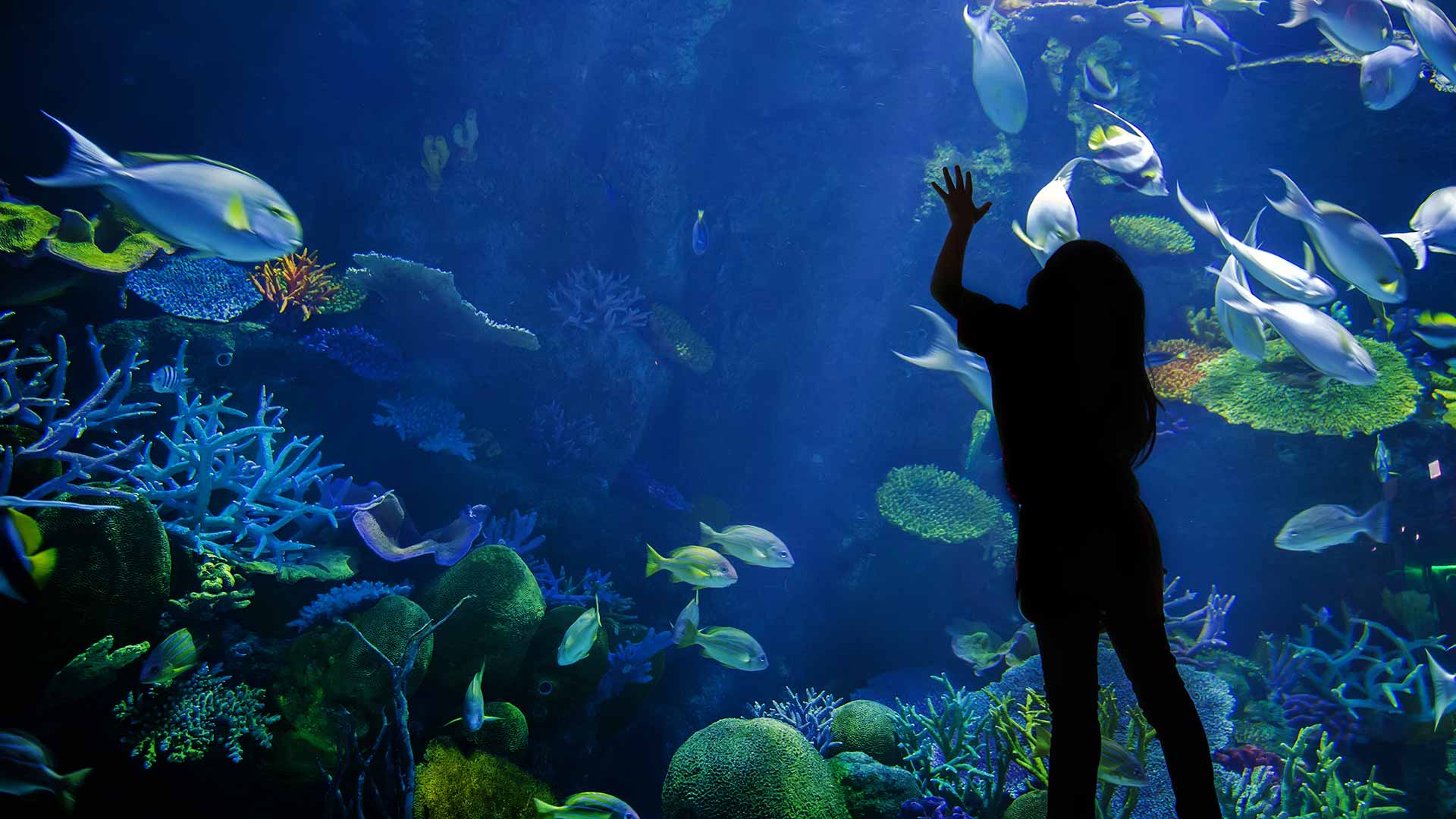

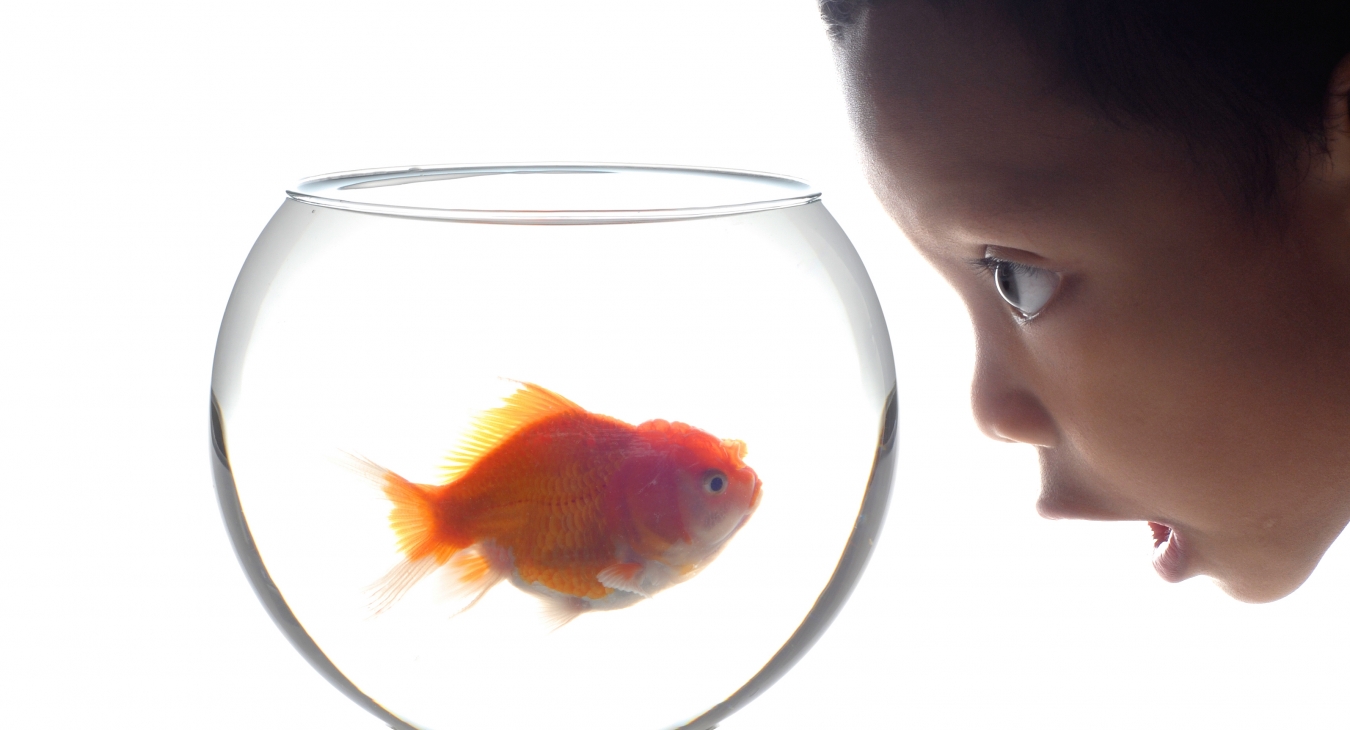

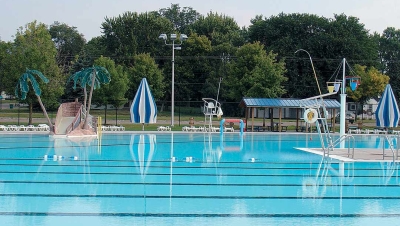


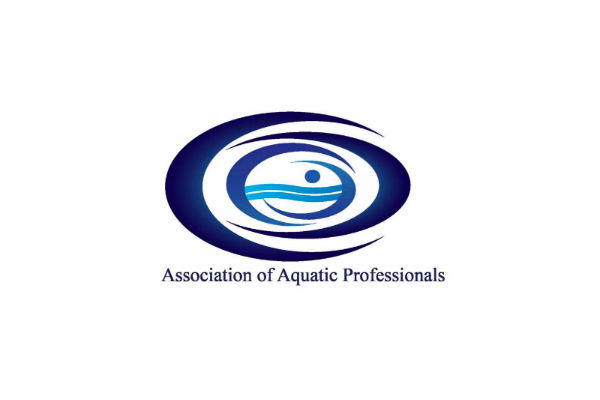



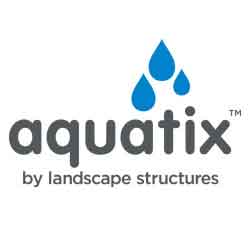








Add new comment